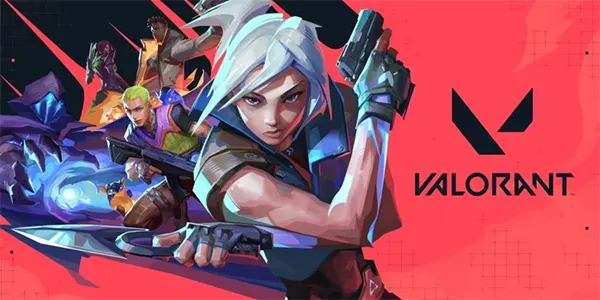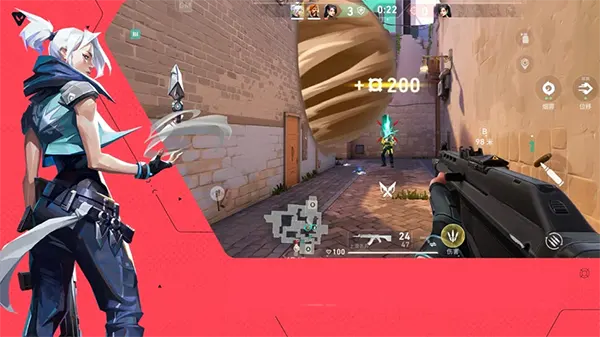Valorant Mobile: Tips, Settings, and Meta Strategies for 2025

Valorant Mobile has rapidly become one of the most anticipated competitive shooters on smartphones, offering players a chance to enjoy tactical gameplay on the go. As of 2025, the game has matured with optimised controls, balanced agents, and evolving strategies that mirror the PC version while staying adapted to mobile play. To succeed consistently, players must pay attention not only to their mechanics but also to their device settings, communication, and understanding of the current meta. Below you will find structured insights into how to maximise your performance.
Optimising Your Mobile Setup
One of the most overlooked aspects of Valorant Mobile is device performance. Ensuring your phone can handle the game smoothly is the first step to competitive play. A stable 60 FPS or higher makes aiming more precise and reactions quicker, while using a device with sufficient RAM prevents crashes during intense moments. Players often undervalue these fundamentals, but in high-level matches, they can be the difference between victory and defeat.
Adjusting your graphics settings is another crucial step. Competitive players prefer lowering visual effects such as shadows or bloom to minimise distractions and maintain consistent frame rates. At the same time, clarity in textures and map visibility should remain high, as these help identify enemies quickly. Balancing visuals with performance will give you a practical edge.
Finally, investing in a reliable pair of gaming earphones with low latency can drastically improve your reaction times. In a game where footsteps and ability cues reveal positioning, audio quality becomes just as important as your aim. Many professionals highlight the role of precise sound in predicting enemy movement and securing clutch rounds.
Adjusting Controls and Sensitivity
Controls on mobile require personalisation to fit your playstyle. Valorant Mobile allows customisation of button layouts, which is essential to ensure that movement, shooting, and ability use are intuitive. Rearranging key abilities closer to your firing button saves precious milliseconds in combat. Testing different layouts in practice modes is strongly recommended before jumping into ranked matches.
Sensitivity settings also play a pivotal role. Aiming in Valorant requires both precision and speed, so many skilled players opt for lower sensitivity values, giving them better control during firefights. However, finding the “sweet spot” is highly personal—try multiple ranges until muscle memory feels consistent. Consistency matters more than raw numbers.
It’s also important to use features like gyroscope aiming if your device supports it. While not every player is comfortable with gyroscopes, they provide finer control for micro-adjustments during headshots. For those who struggle with finger-only control, combining swipe and gyro mechanics offers a hybrid advantage.
Understanding the Meta in 2025
Valorant Mobile’s meta is constantly shifting with balance patches and player discoveries. In 2025, agents with utility that supports coordinated team play dominate the rankings. Controllers like Brimstone and Viper remain popular for their smoke abilities, while Initiators such as Sova continue to provide critical map information. Adaptability in agent choice is essential for long-term success.
Team compositions also highlight the importance of synergy. A balanced team usually includes one Duelist for entry, one Controller for map control, one Initiator for information, and flexible picks depending on the map. Unlike casual games, ranked matches often punish one-dimensional line-ups, so communication during agent selection is vital.
Weapon preferences have also shifted. The Phantom continues to be reliable for its recoil control and silenced shots, but in mobile gameplay, weapons like the Spectre and Guardian are increasingly valued due to easier handling on touch controls. Players should experiment with different weapons to find those that suit their comfort level.
Adapting Strategies to Mobile Play
On mobile, reaction time is naturally affected by touch input, so strategies often prioritise positioning and anticipation over raw mechanical duels. Holding angles, coordinating crossfires, and predicting enemy rotations are essential tools that reduce reliance on flick shots. Smart play often outweighs fast hands.
Map knowledge is another cornerstone. Since smaller screens limit peripheral awareness, memorising callouts and common hiding spots becomes even more critical. Players who can visualise the map layout without relying on constant minimap checks will gain an advantage in situational awareness.
Finally, communication tools such as quick chat and pings are invaluable. Not every player uses a microphone, but consistently marking enemy positions or highlighting plans through the interface improves coordination. Many ranked teams credit their success more to clear calls than to individual skill.

Long-Term Improvement and Mindset
Improvement in Valorant Mobile is not only mechanical but also psychological. A disciplined mindset ensures steady progress and prevents frustration during losing streaks. Top players emphasise patience, focusing on learning from mistakes rather than blaming teammates or circumstances. The mobile environment can be unpredictable, but resilience keeps players motivated.
Analysing replays is another powerful tool. Reviewing your matches allows you to spot recurring errors, whether in aim, positioning, or decision-making. Many professional players in 2025 recommend dedicating time weekly to study gameplay, which accelerates growth far more than blind grinding.
Staying updated with patch notes and community discussions also helps. Valorant’s developers frequently adjust agents and weapons, meaning yesterday’s dominant strategy may be weaker today. Following esports tournaments and observing how professionals adapt to changes provides inspiration for personal play.
Building a Competitive Routine
To sustain high performance, players benefit from structured practice routines. Warm-up sessions in training range before ranked games enhance aim consistency and reduce early match errors. Just ten minutes of focused practice can dramatically improve performance in subsequent matches.
Balancing playtime is also essential. Long grinding sessions often reduce concentration and worsen decision-making. Short, focused sessions with breaks in between help maintain sharpness throughout the day. Quality over quantity is the rule for efficient improvement.
Lastly, teamwork should be cultivated even outside matches. Joining communities, scrimming with friends, and learning coordinated executions transform individual skill into collective strength. Valorant Mobile is, at its core, a team-based shooter, and those who embrace collaboration consistently achieve higher rankings.



